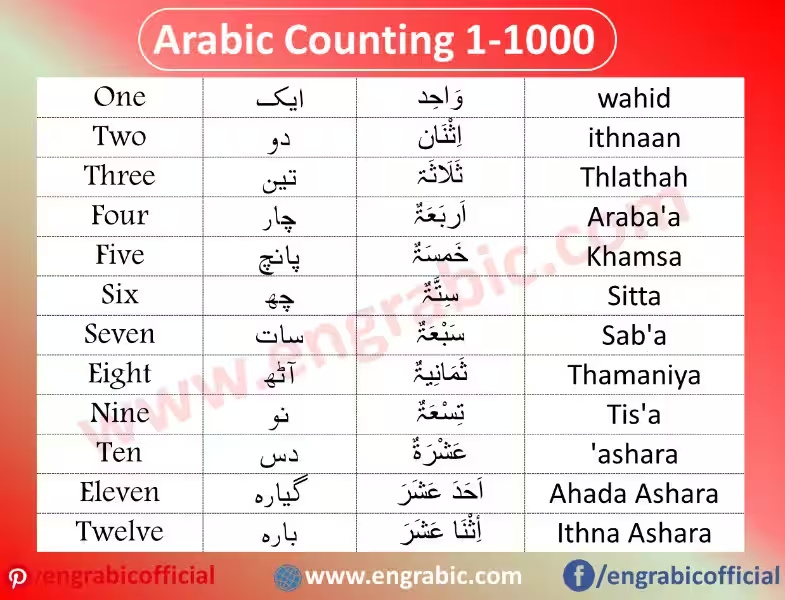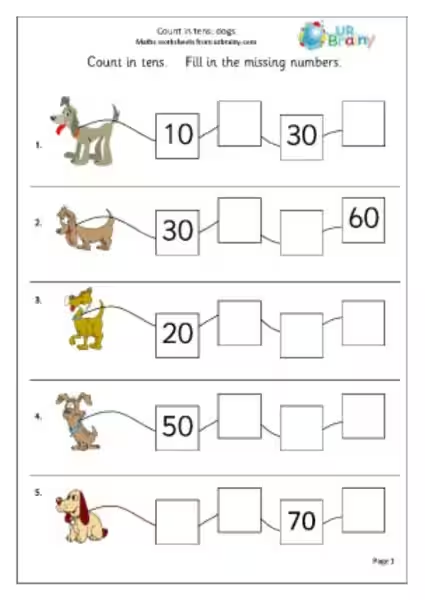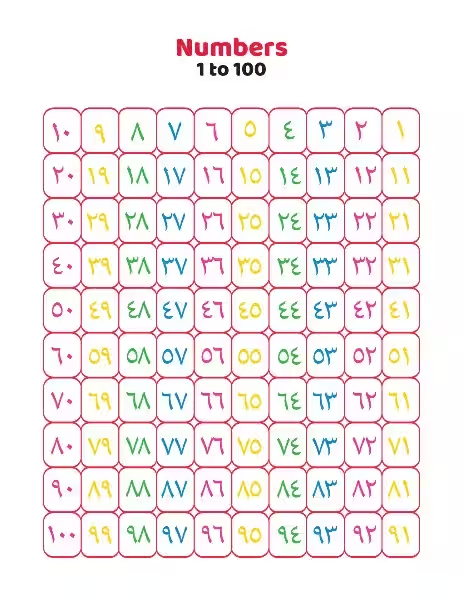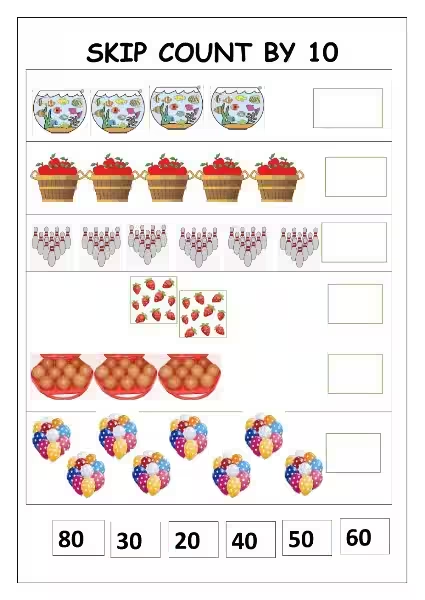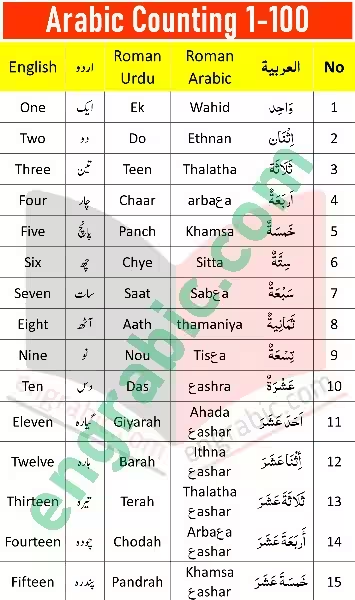
Learning to count in Arabic, from 1 to 1000, opens a crucial door to understanding the nuances of this rich language. This isn’t just about rote memorization; it’s about grasping the grammatical structure and the interplay between numbers and nouns, a key part of Arabic’s unique linguistic character. This article will guide you through the complexities, making the journey of mastering Arabic counting from 1 to 1000 an engaging and rewarding one.
Understanding the Building Blocks: 0-10
Arabic, unlike English, often requires different forms for numbers depending on the context of the noun they modify. This is particularly prominent when counting from 1 to 10. For example, “one book” is either “kitab” or “wa7id kitab,” reflecting the singular form of the noun. “Two books” becomes “kitabān.” This difference in form for the dual (two) is a critical aspect of Arabic grammar that significantly impacts how numbers are used in sentences.
From the number three onwards, the plural form of the noun is used. This plural noun form, combined with the corresponding numeral, accurately depicts the quantity of the item. Moreover, the gender of the numeral often corresponds to the opposite gender of the noun, another intricate detail in Arabic counting. For instance, a masculine noun paired with the numeral “one” will often use a feminine form.
Deconstructing Tens and Teens (11-19)
The Arabic system for counting from 11 to 19 is remarkably straightforward, yet subtly different from the English approach. In Arabic, these numbers are formed by combining the base number with “ʿashr” (ten). This consistent structure, combining the units number with “ten,” provides a clear pathway to understanding these numbers. Examples like “thirteen” (thalāthah ʿashr) illustrate this process, demonstrating the predictability of this pattern.
This systematic approach is a key to unlocking the code of Arabic counting. It emphasizes the interconnectedness of the numerical system with the grammatical framework of the language. Understanding this method makes memorization more effective and underscores the logical structure of Arabic numbers.
Mastering the Higher Decades (20-90)
Counting by tens in Arabic follows a distinct pattern, using specific forms for each decade. From twenty (“ʿishrūn”) to ninety (“tisʿūn”), each multiple of ten has a unique Arabic expression. Notice that the structure is not as direct a translation. This emphasizes the importance of learning these specific forms rather than trying to directly translate.
Furthermore, the use of both verbal and numerical forms for these values adds another layer of complexity. While the numbers themselves follow a predictable sequence, they need to be paired with the noun in a grammatically correct way. Learning these expressions becomes more than just learning numbers; it’s about understanding a crucial part of Arabic grammar.
Unveiling Hundreds and Thousands (100-1000)
The Arabic system for hundreds and thousands is relatively straightforward. One hundred is “mi’ah,” and two hundred is the dual form “mi’atan.” Multiples of a hundred are expressed by combining the appropriate cardinal number with “mi’ah,” demonstrating the predictable compound nature of Arabic counting.
The number 1,000 is represented by “alf,” a distinct term that marks a significant milestone in the Arabic numerical system. Knowing these foundational expressions is essential for grasping the overall structure of larger numbers.
Navigating Compound Numbers and Grammatical Cases
Constructing larger numbers in Arabic involves combining the various numerals to create compound numbers. For example, 28 is formed by combining the Arabic for two and eight. The same principle applies to numbers like 51 and 739, where numbers are compounded systematically. However, it’s crucial to understand the grammatical cases, such as the accusative case, when combining numerals with nouns.
Consider the phrase “73 books.” To correctly express this number, the grammatical gender of the numeral must be adapted to the noun, showcasing the subtle interplay between the number and the noun of the sentence. Again, the concept of grammatical gender plays a key role in the accuracy of Arabic counting. While the numbers are written left to right, the rest of the sentence will be written right to left. This difference in writing direction is a key component of the Arabic language and needs to be carefully considered when writing down numbers in a sentence.
Cultural Considerations in Counting
Understanding the grammatical nuances of Arabic counting is not merely an intellectual exercise; it’s a crucial step in comprehending the language as a whole. The use of numerals in different contexts reflects the cultural and grammatical norms of the Arabic language, requiring a deep understanding to communicate effectively. Numbers in Arabic are not merely abstract symbols; they are intrinsically linked to the language’s grammatical system.
Conclusion: A Journey Beyond Counting
Mastering Arabic counting from 1 to 1000 is more than simply memorizing numbers; it’s about understanding the language’s intricate grammatical structure. By understanding the nuances of these rules, you can effectively communicate numerical quantities with precision and fluency. The journey continues; the exploration of Arabic grammar and vocabulary deepens with every new numerical concept learned. This is just the beginning of your Arabic language journey.
Arabic Counting FAQ (1 to 1000)
This FAQ addresses common questions about counting in Arabic from 1 to 1000. It emphasizes the unique grammatical structures and rules inherent in Arabic numeration.
How are numbers 1 to 10 expressed in Arabic?
Arabic numbers from 1 to 10 have distinct forms depending on whether the noun being quantified is singular, dual, or plural, and its grammatical gender. For example, “one book” can be “kitab” (singular masculine) or “wa7id kitab” (one book). “Two books” is “kitabān” (dual). From three onwards, the plural form of the noun is used, and the numeral’s gender often corresponds to the opposite gender of the noun.
How are numbers 11 to 19 formed?
Numbers from 11 to 19 are formed by combining the Arabic cardinal number with “ʿashr” (ten). For example, thirteen is “thalāthah ʿashr” (three ten).
How are tens (20-90) expressed?
Arabic has specific forms for multiples of ten (20-90). These forms are distinct from the combination used for 11-19. The structure involves combining the base numerals with specific forms for the corresponding tens, such as “ʿishrūn” for twenty (20).
How are hundreds (100-900) expressed?
Hundreds are formed by combining the base numeral with “mi’ah” (100). For example, two hundred is “miteayn” (200).
How is one thousand expressed?
One thousand is expressed as “alf.”
How are compound numbers (e.g., 28, 51, 739) constructed?
Larger numbers are formed by combining the Arabic numerals for hundreds, tens, and units. The order is from highest place value to lowest. For example, 739 is “sabʿ miʾat wa thalatha wa tisʿīn”. Note the use of “wa” (and) to connect the parts.
How are numbers written?
Arabic numerals are written from right to left, while the rest of the sentence is written from right to left. However, the numerals themselves are written from left to right.
What is the role of grammatical gender in Arabic counting?
Grammatical gender is crucial when combining numerals with nouns. The number’s form needs to match the gender of the noun. For example, “73 books” requires the correct gendered form of the number “73” to agree with the noun “books”.
Are there any cultural considerations to keep in mind when using Arabic numbers?
Understanding the grammatical structure and gender agreement is essential for using Arabic numbers correctly within the broader context of the language. The different writing direction for numerals within a larger phrase also necessitates careful attention to ensure clarity.




